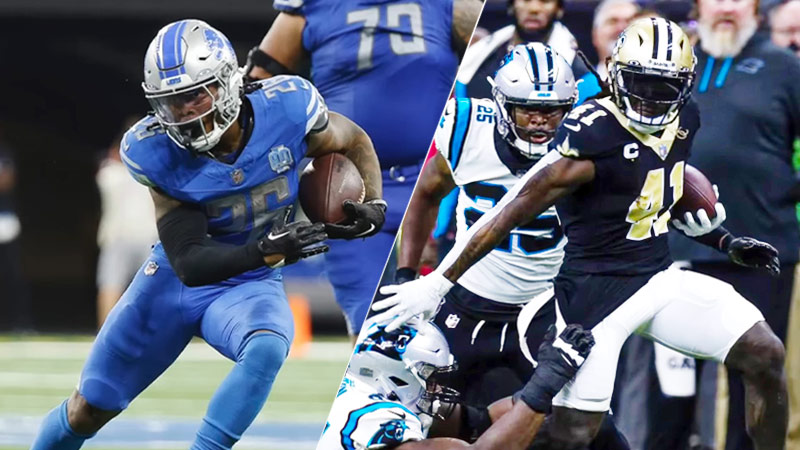In the intricate world of American football, free safety and strong safety stand as linchpins in defensive strategies.
“Defensive Dynamics: Unraveling the Roles of American Free Safety vs. Strong Safety” delves into the nuanced responsibilities that differentiate these positions.
The free safety, a guardian of the deep field, employs speed and strategic insight to thwart aerial assaults.
In contrast, the strong safety operates in the trenches, acting as a versatile enforcer against both the run and short-passing game.
Exploring the distinctive skill sets required for success in each position, this blog aims to illuminate the intricacies of defensive play and foster a deeper appreciation for the unsung heroes safeguarding the gridiron.
Free Safety: The Last Line of Defense
Free safety likely refers to the position of free safety in American football. In football, free safety is a defensive player whose primary responsibility is to provide the last line of defence against the opposing team’s passing plays.
The free safety plays deep in the secondary, often lined up in the middle of the field, and is responsible for reading the quarterback’s eyes, anticipating passes, and making critical tackles to prevent significant gains or touchdowns.
Key responsibilities of a free safety include:
Pass Coverage
Free safeties are often tasked with covering a large portion of the field, helping to defend against long passes and deep routes by wide receivers. They must have excellent speed, agility, and ball-hawking skills to make interceptions.
Run Support
While the primary focus is pass defence, free safeties are also expected to provide run support. They may be involved in tackling running backs who break through the defensive line or assisting in stopping runs to the outside.
Communication
Free safeties are crucial in communicating with other secondary members, ensuring that everyone is aligned correctly and understands their coverage assignments.
Clear communication is essential to prevent blown coverages and defensive breakdowns.
Tackling
Since free safeties are often the last line of defence, they must be reliable tacklers. Missing a tackle in the open field can result in significant gains or touchdowns for the opposing team.
Football IQ
Free safeties need to have a high football IQ, as they must read the quarterback’s intentions, recognize offensive formations, and make split-second decisions. Anticipating plays and reacting quickly are critical aspects of the position.
The term “Free Safety: The Last Line of Defense” emphasizes this position’s critical role in preventing the opposing team from scoring.
A skilled and reliable free safety can significantly impact the outcome of a game by making crucial stops, creating turnovers, and ensuring the integrity of the defence.
Criteria of Free Safety
The criteria for evaluating free safety in football encompass physical skills, mental attributes, and on-field performance. Here are vital criteria commonly considered when assessing free safety:
Speed and Agility
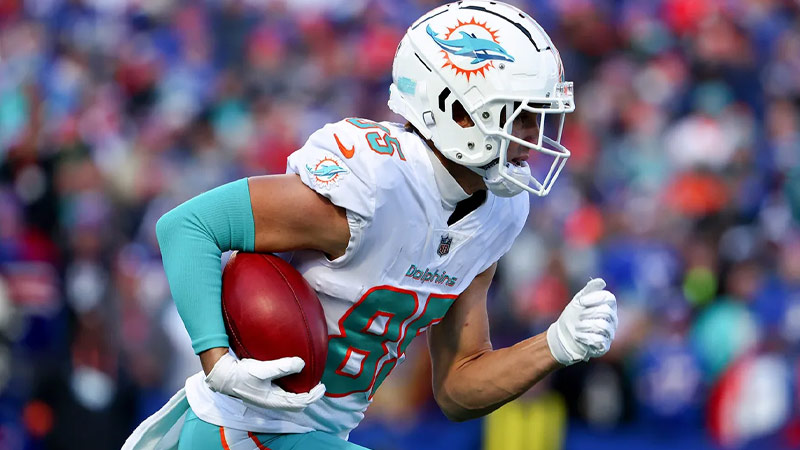
Free safeties need to quickly cover a large field area, responding to run and pass plays. Speed and agility are crucial for reacting to the movements of offensive players and closing gaps in coverage.
Coverage Skills
Exceptional coverage skills are a must for free safety. This includes staying with fast receivers, reading the quarterback’s eyes, and making plays on the ball. Ball-hawking skills, such as intercepting passes, are highly valued.
Tackling Ability
As the last line of defence, a free safety must be a reliable tackler. This involves not only bringing down ball carriers but also making open-field tackles to prevent significant gains.
Form tackling and tackling in space are particularly important.
Football Intelligence
A high football IQ is critical for free safety. This includes understanding offensive and defensive schemes, recognizing formations, and anticipating plays.
Reading and reacting quickly to the developing play is a critical component of football intelligence.
Communication Skills
Free safeties are often responsible for making pre-snap adjustments and communicating coverage assignments to the rest of the secondary.
Effective communication helps ensure the defence is well-coordinated and minimizes the risk of blown coverages.
Physicality
While free safeties are primarily known for their coverage skills, they must also be physical players. This involves tackling and shedding blocks, disrupting passing routes, and providing run support when required.
Versatility
Free safeties are often asked to play a versatile role, switching between deep coverage, supporting the run defence, and occasionally blitzing the quarterback. The ability to excel in various aspects of the game adds value to free safety.
Ball Awareness
Free safeties must be keenly aware of the ball’s location and the ability to make plays on it. This includes tracking passes in the air, recognizing fumbles, and having a nose for creating turnovers.
Reaction Time
Quick decision-making and reaction time are crucial for free safety.
Whether breaking on a pass or closing in on a ball carrier, the ability to make split-second decisions can differentiate between a successful defensive play and a significant gain for the offence.
Discipline
Maintaining discipline in coverage assignments, avoiding unnecessary penalties, and staying focused on the task are essential aspects of a free safety game.
Evaluating free safety involves considering how well the player demonstrates these criteria on the field and the ability to contribute to the defence’s overall success consistently.
Strong Safety: The Versatile Enforcer
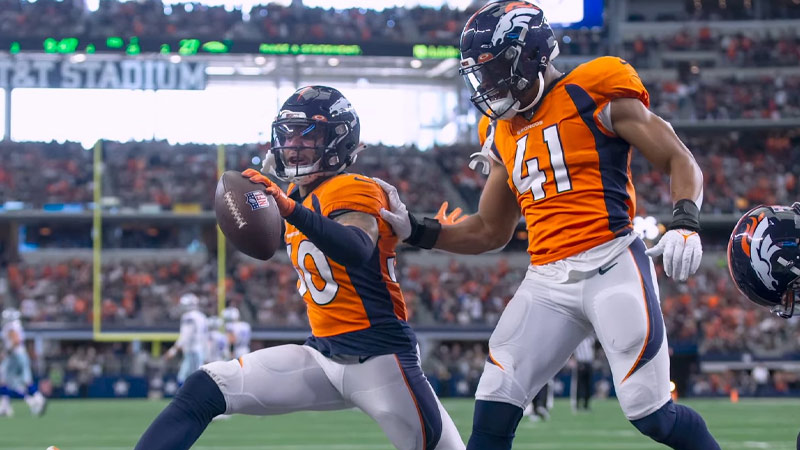
The strong safety in football is the versatile enforcer of the defence. Strong safety is pivotal in both pass and run defence, combining physicality with adaptability.
Renowned for hard hits and tackling prowess, the strong safety is the last line of defence against running backs and provides critical support against short and intermediate passes.
This player must seamlessly switch between covering receivers, filling run gaps, and occasionally blitzing the quarterback.
Adept at reading offensive plays, the strong safety’s football IQ allows for quick decision-making and strategic positioning.
With a balance of strength, speed, and tactical awareness, strong safety is a dynamic force on the field, ensuring the defence remains resilient against various offensive threats.
Criteria Strong Safety
Here are the primary criteria for American football’s strong safety.
Physicality and Tackling Skills
A strong safety must possess exceptional physicality, delivering powerful tackles to halt running backs and receivers.
The ability to wrap up ball carriers effectively, deliver hits that disrupt plays, and contribute to run-stopping efforts is crucial.
Coverage Skills
While not as deep in coverage as the free safety, a strong safety still needs solid coverage abilities. This includes tracking tight ends, slot receivers, or running backs in the passing game.
The strong safety must be able to defend against short and intermediate passes effectively.
Versatility
Strong safeties are versatile players, contributing to both run and pass defence. They may be asked to blitz the quarterback, cover tight ends or slot receivers, and play a role in run support.
Versatility allows them to adapt to different offensive schemes.
Football IQ
A high football IQ is vital for solid safety. This involves understanding offensive formations, recognizing play developments, and quickly reacting appropriately in various situations.
Communication Skills
Strong safeties often play a crucial role in communicating with other secondary members, ensuring everyone is aligned correctly and aware of their responsibilities.
Clear communication is essential for a well-coordinated defence.
Ball Skills
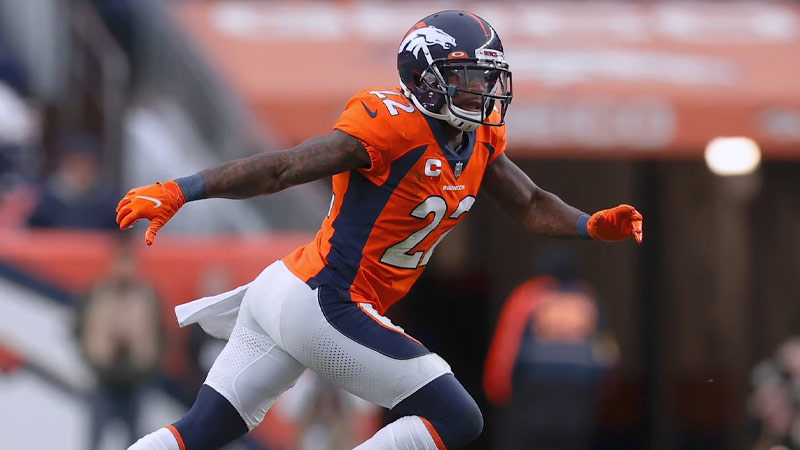
The ability to make plays on the ball, whether intercepting passes or forcing fumbles, is an asset for a strong safety. This skill can create turnovers and disrupt the opponent’s offensive rhythm.
Adaptability and Recognition
Strong safeties need to recognize offensive formations and adjust their positioning accordingly.
Whether diagnosing a run play, identifying potential pass threats, or adjusting to audibles, adaptability is crucial for success in this position.
Recognizing offensive patterns allows strong safety to make informed decisions on the field.
Key Differences: Free Safety Vs Strong Safety
Free safeties and strong safeties are both positions in American football, and while they share some similarities, they have distinct roles and responsibilities on the field.
Here are the key differences between free safeties and strong safeties:
Positioning
- Free Safety: Typically lines up deep in the secondary, often in the centre of the field. It has more freedom to roam and cover a significant portion of the field.
- Strong Safety: Usually lines up closer to the line of scrimmage, in or near the “box.” Positioned to provide run support and defend against short to intermediate passes.
Coverage Responsibilities
- Free Safety: Primarily responsible for deep coverage, defending against long passes, and providing the last line of defence against big plays.
- Strong Safety: Often covers tight ends and slot receivers and provides support against short to intermediate passes. It may also blitz the quarterback.
Run Support
- Free Safety: While involved in run support, the free safety’s primary focus is on pass coverage, and they may not be as close to the line of scrimmage.
- Strong Safety: Actively involved in run defence, filling run gaps, making tackles in the box, and stopping ball carriers.
Physicality
- Free Safety: Requires speed, agility, and ball-hawking skills. He needs to be a reliable open-field tackler but may not engage in as much physical contact as the strong safety.
- Strong Safety: Known for physical play, tackling powerfully, shedding blocks, and providing a solid presence in the box. Often referred to as the “enforcer.”
Ball Skills
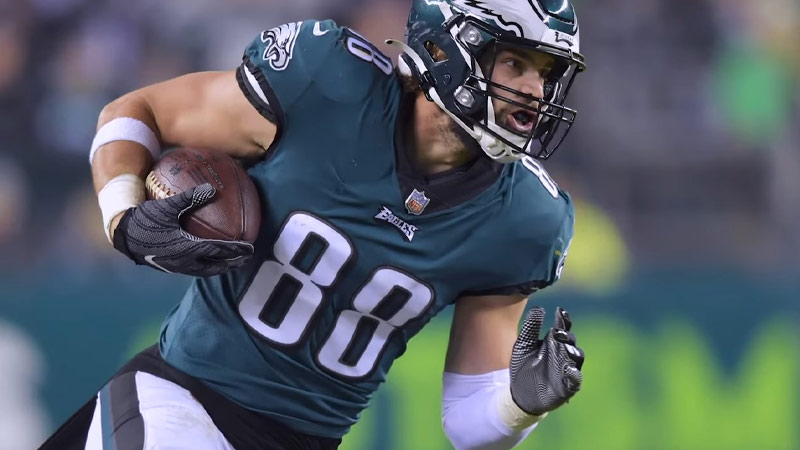
- Free Safety: Emphasizes ball-hawking skills, such as intercepting passes and creating turnovers, given their deeper positioning and focus on the passing game.
- Strong Safety: While ball skills are essential, strong safety’s responsibilities may involve more direct engagement with tight ends and receivers in the shorter passing game.
Alignment
- Free Safety: Often aligns in a more central or profound position in the defensive formation.
- Strong Safety: Typically lines up closer to the line of scrimmage, either on one side of the field or in the box.
Blitzing
- Free Safety: Less likely to blitz, as their primary role is in pass coverage.
- Strong Safety: May be involved in blitz packages, rushing the quarterback to disrupt passing plays.
Understanding these differences allows coaches to deploy free and robust safeties strategically based on the strengths of individual players and the defensive scheme employed by the team.
Similarities Between Free Safety and Strong Safety
Despite their distinct roles, free and strong safeties share several similarities on the football field. Here are some commonalities between the two safety positions:
Coverage Skills
Both free safeties and strong safeties need to have solid coverage skills. While their coverage responsibilities may differ, they must be capable of defending against passes and contributing to the overall pass defence.
Tackling Ability
Both positions require strong tackling skills. Free and robust safeties must be reliable open-field tacklers and contribute to stopping the run game.
Their ability to make tackles is crucial in preventing big plays and limiting the effectiveness of opposing offences.
Versatility
Safeties, in general, are often called upon to be versatile players. They may need to adjust their roles based on the offensive formation, play call, or specific game situations.
This versatility allows them to be effective in a variety of defensive schemes.
Football IQ
Both free safeties and strong safeties benefit from a high football IQ. They need to understand offensive strategies, read the quarterback’s intentions, and quickly analyze plays to make informed decisions on the field.
Communication Skills
Safeties are crucial in communicating with other secondary members and sometimes the entire defence.
Clear communication is essential for ensuring everyone is on the same page regarding coverage assignments and adjustments.
Ball Skills
Both positions benefit from having good ball skills.
While free safeties are often more involved in deep coverage and interceptions, strong safeties also need the ability to make plays on the ball, including breaking up passes or forcing turnovers.
Physicality
Safeties, whether gratis or strong, must be physically strong and capable of delivering hits.
While strong safeties are often known for their enforcer role, free safeties must also be physically adept to contribute effectively in both run and pass defence.
Despite these similarities, the two positions have distinct roles and responsibilities based on defensive schemes and coaching strategies.
While free safeties typically focus more on deep coverage and ball-hawking, strong safeties often play a more physical and versatile role, contributing to support and shorter passing routes.
FAQs
What is the primary role of an American football-free safety?
The free safety is a defensive player responsible for deep pass coverage.
Positioned at the back of the secondary, their primary role is to read the quarterback’s intentions, cover large field areas, and make crucial tackles to prevent significant gains or touchdowns.
How does the role of solid safety differ from that of free safety?
While both safeties share coverage and tackling responsibilities, the strong safety often plays closer to the line of scrimmage.
Strong safeties are more involved in run support, blitzing, and covering shorter to intermediate passes, providing a physical presence and versatility in the defence.
What skills are essential for successful free safety in American football?
A successful free safety needs excellent speed, agility, coverage skills, and ball-hawking ability.
They must be strong tacklers, possess a high football IQ for reading plays, and have practical communication skills to coordinate with the rest of the secondary.
How does strong safety contribute to running defence in football?
Strong safeties play a crucial role in run defence by providing support close to the line of scrimmage. They read run plays, fill gaps, and are often involved in tackling running backs.
This physical presence and run-stopping ability make them valuable assets against ground-oriented offences.
Can a player transition between free safety and strong safety positions?
Players can transition between free and strong safety based on their skills and team needs.
While free safeties often focus on deep coverage, a player with versatility in coverage, tackling, and football intelligence can adapt to either safety position, providing flexibility for defensive schemes.
Wrapping Up
In the dynamic realm of American football, the symbiotic relationship between free safety and strong safety is the cornerstone of a formidable defence.
Each position brings its unique blend of skills, from the free safety’s deep coverage finesse to the strong safety’s versatile, hard-hitting presence closer to the line of scrimmage.
This exploration has underscored the importance of these unsung heroes, showcasing their roles as strategic linchpins that can make or break a defensive scheme.
As we celebrate the nuanced artistry behind these positions, it becomes clear that the success of a defence hinges on the seamless collaboration and complementary skills of these guardians of the gridiron.
In unravelling the intricacies of the American free safety vs strong safety dynamic, we deepen our understanding of the chess match that unfolds on the football field and gain a profound appreciation for the strategic brilliance embedded in the game’s defensive tactics.

